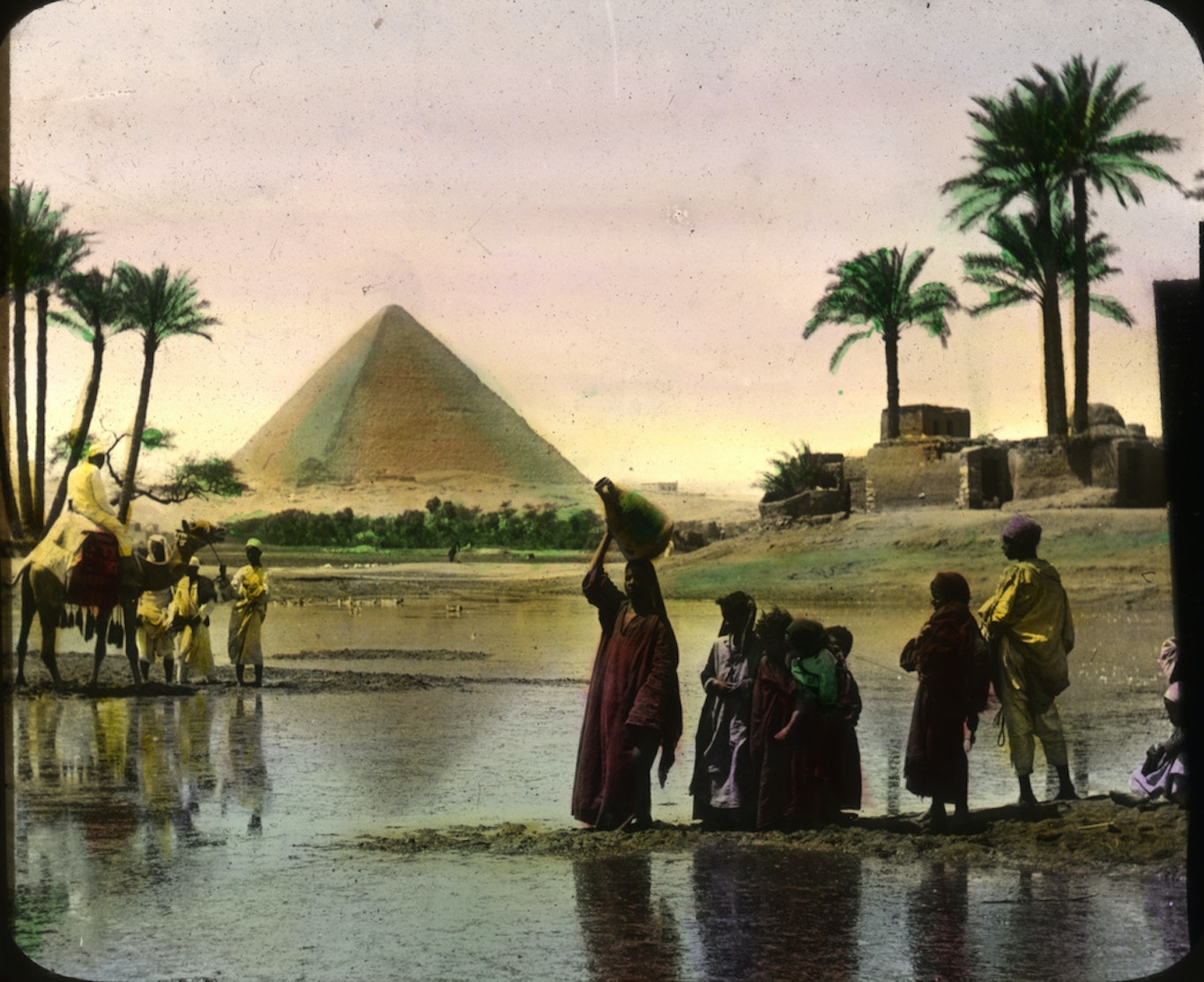The chief social unit was the monogamous family, and thus even a pharaoh, who was entitled to have a harem of wives and concubines, would have a chief wife. Women were not fully subordinate to men: They could own property and, under certain conditions, inherit it; they might also enter into business agreements. Most unusual in ancient societies, women could succeed to the throne. Though in theory all of the land was the property of the pharaoh, it was in fact generally held by individuals.
The upper and lower classes were separated by a great gulf. The wealthy enjoyed meat, fruit, and wine and lived in elaborate homes surrounded by gardens. The poor lived in small shedlike structures made of mud-bricks in which a few stools and pottery jars might be found. In the countryside, the laborer enjoyed a moderately better life, but the cities nonetheless attracted more and more people because small factories made possible the development of some division of labor, which in turn made the worker relatively more valued.
Egyptian society was divided into classes. There was the royal family, there were the priests, and there were the nobles, all of whom lived extremely well. There was a growing middle class of well-to-do farmers in the countryside and of merchants, scribes, and artisans in the cities. There were the peasants, by far the largest class. A sixth class-professional soldiers, who came to be ranked directly below the nobles-came into being during the New Kingdom. And as conquest in war led to the acquisition of thousands of slaves, a seventh group, not precisely a class, was identified.
The slaves at first worked as forced labor, largely in government-owned quarries or on the estates that grew around the temples. In time, however, they were permitted to join the army and achieved a status of their own. Also in time, as Egyptian authority and the area of its domination grew, a number of government functionaries attained the status of nobility, though separate from those who were of the nobility by virtue of birth and inheritance. Thus Egyptian social structure, when viewed over several dynasties, was complex and changing.

